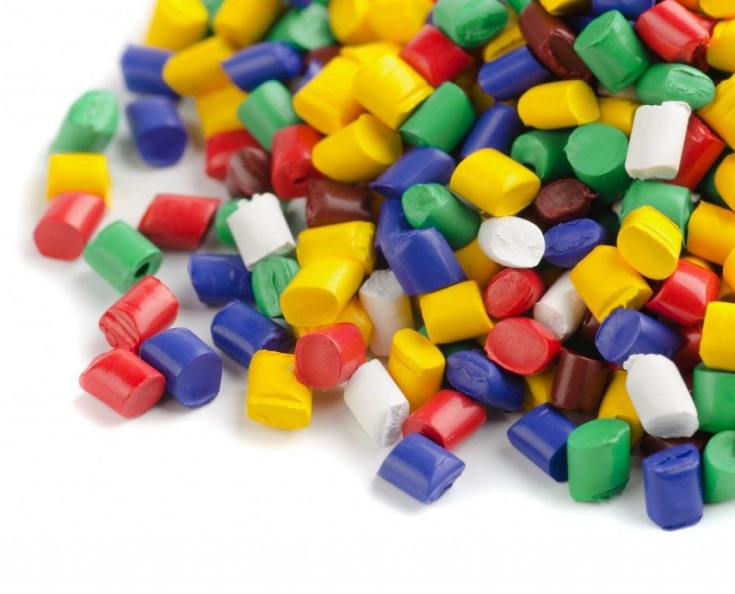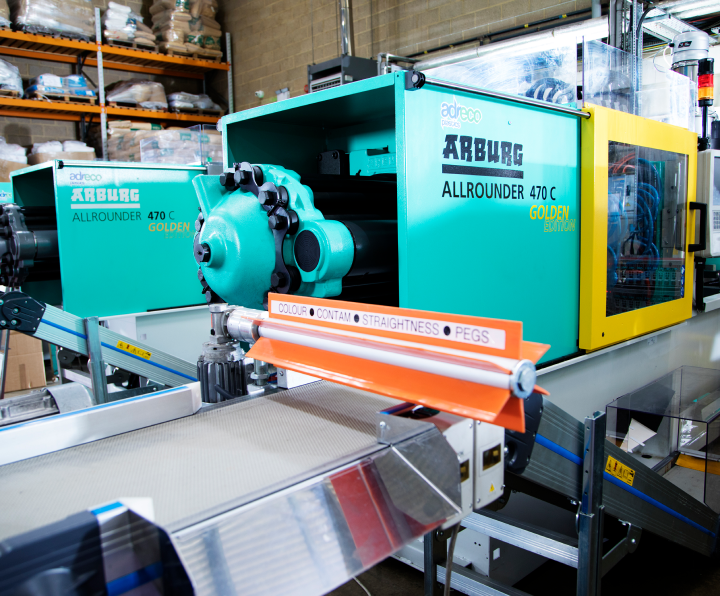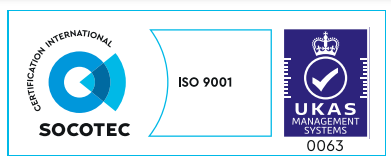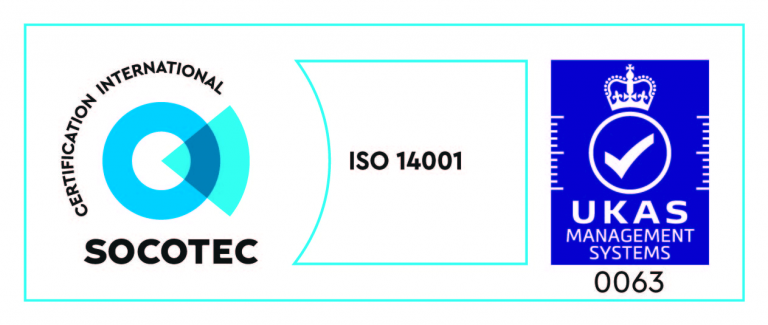
Innovative, workable design solutions inform and enhance the quality of our work,
ensuring value for money and total customer satisfaction
This is a fairly new manufacturing and design technology growing in popularity and scope as people wake up to its many possibilities. Just as plastic injection moulding techniques can offer highly bespoke results, so too can 3D printing, which combines sophisticated design software with a 3D printing machine to produce durable, reliable 3D printed objects used across a wide range of industries.
One fascinating aspect of this manufacturing technique is how many things to 3D print are out there and how easily a design can be produced and put into production on demand.
From toys and models to automotive parts and medical devices, the list of 3D printed products can be endless. There is a fast-growing market for 3D printed tools that can be produced in smaller quantities within short lead times to keep costs down while using highly bespoke specifications to enable tools and other 3D printed objects to meet a precise purpose on-demand.


Adreco plastics can offer customer 3D printing support, which covers the whole process, as well as helping to correct any 3D printing problems you may have encountered elsewhere.
Our custom 3D printing service lets you order the specific product, tool, or component you need, delivered to the perfect specification, colour, and finish. This is ideal for demanding applications and highly customised designs, where branding, colours and shape are paramount.
There are several stages involved when describing how to 3D print. At Adreco Plastic, we begin by working closely with our customers to finalise the chosen design and agree on materials, colours and finishes.
All this data is transferred to our 3D printing software programme, ready to translate our customer’s ideas into 3D printed reality. The actual printing is achieved through an additive process, where thin layers of a plastic filament product are added on top of each other to form the shape carefully.
The layers adhere firmly to each other for maximum durability and are printed with high accuracy levels to create the printed form of the agreed design.

In many ways, 3D printing is a very similar process to plastic injection moulding; however, there are some differences in how the design is created and transferred to the printer itself and techniques used by the machine to form the finished product.
Plastic injection moulding involves creating individual moulds, shaped to match the project specifications and used only to make that product. 3D printing used the same printing machine to make countless different shapes and forms. This versatility is and will continue to be a key factor in the future of 3D printing.

If you have a project that you would like to see brought to life by the 3D printing industry, speak to us at Adreco Plastics to see how we can help. Our experts are standing by to discuss your ideas and requirements as part of a no-obligation, initial consultation.
3D printing is the process by which a computer-aided design is turned into a 3D product using a 3D printer and plastic filament, which is built up, layer by layer to form the finished product.
As with any manufacturing and design process, the cost will be dependent on a wide range of factors, including complexity and scale of design, timescales and quantities needed. Speak to Adreco Plastics for a better idea of the potential costs involved.
It works by layering thin slices of plastic on top of each other to build up a pre-programmed design using additive technology. The plastics layers adhere to each other as they cool to form a strong and durable finished product.
It is being used across several sectors with uses as diverse as medical devices, food and retail packaging, toys, construction tools and automotive parts. It is a preferred manufacturing solution for smaller-scale orders and projects involving a high level of customised design.
It uses a range of plastics and other materials that can be softened to form the desired shape and then cooled to solidify and strengthen the finished form. Materials can include plastics and polymers (such as ABS filament and PVC), resin, metal, nylon, carbon fibre and paper.
It uses a range of plastics and other materials that can be softened to form the desired shape and then cooled to solidify and strengthen the finished form. Materials used can include plastics and polymers (such as ABS filament and PVC), resin, metal, nylon, carbon fibre and paper.
The plastics material used are :
Plastics made from 3D printing usually are very durable, and is it also depends on the type of materials we use. Products made from ABS plastics generally have high durability. It can withstand high heat and higher durability, and hence it is widely used to create 3D products. On the other hand, PLA is hard yet can be broken or shattered by powerful impact. Products made from PEGT is more durable than ABS and PLA. It is also denser and more rigid.
We have held ISO certification since 2006, along with other industry-recognised certifications.





AdrecoPlastics © 2022. All rights reserved